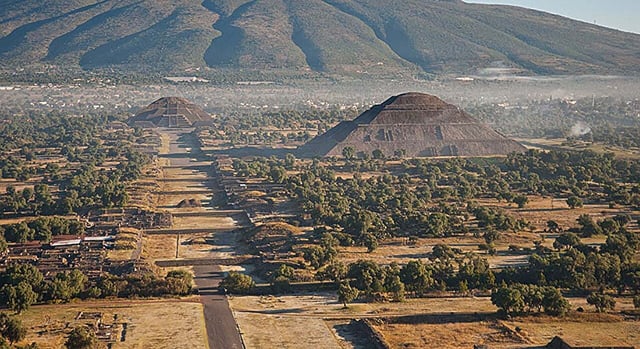Overview
- University of Copenhagen researchers Magnus Pharao Hansen and Christopher Helmke report that mural and artifact signs at Teotihuacan constitute a writing system.
- Their analysis, published in Current Anthropology, argues the script records an early form of Uto-Aztecan that later gave rise to languages including Nahuatl.
- The approach reconstructs earlier Nahuatl pronunciations and reads logograms both semantically and as phonetic rebuses, proposing transferable phonetic values.
- The team suggests this could imply a deeper linguistic link between Teotihuacan and later Nahuatl-speaking populations, while stressing the claim remains a hypothesis.
- With a small corpus of texts, the authors call for new inscriptions and collaborative workshops to test, refine, or challenge the method and conclusions.
